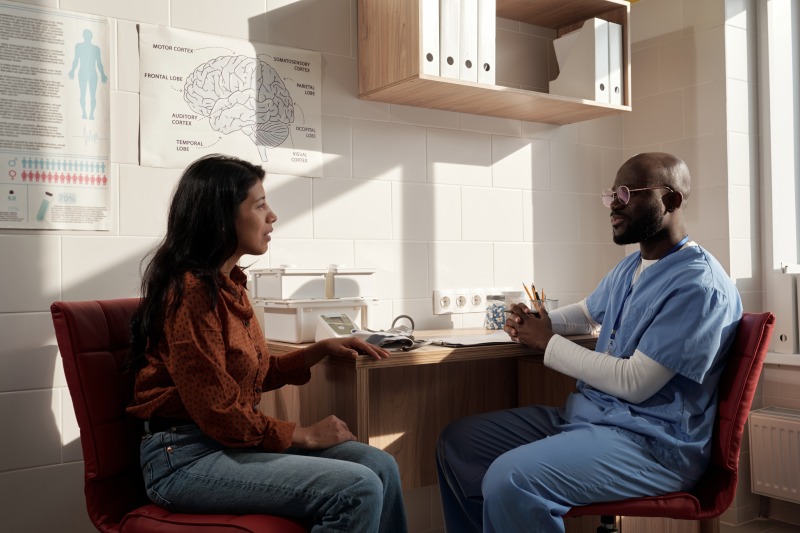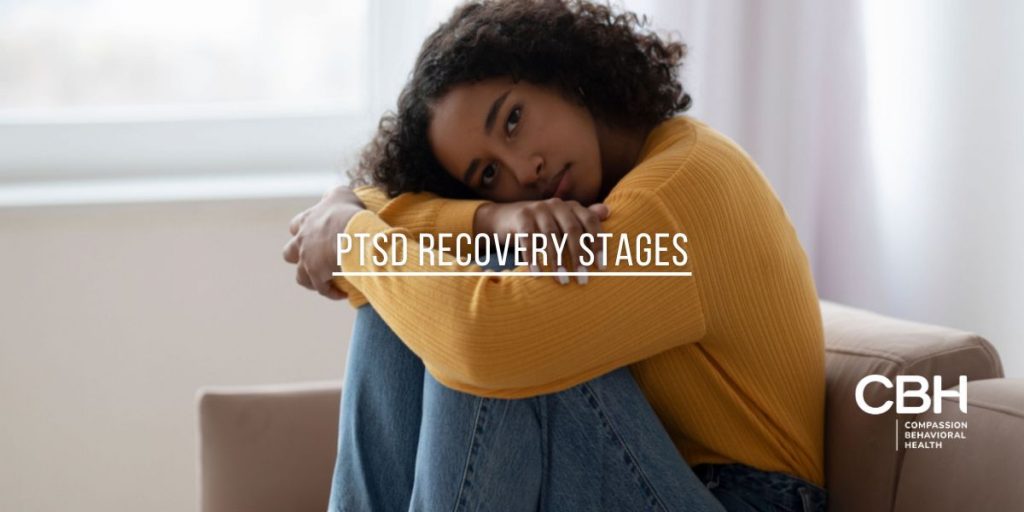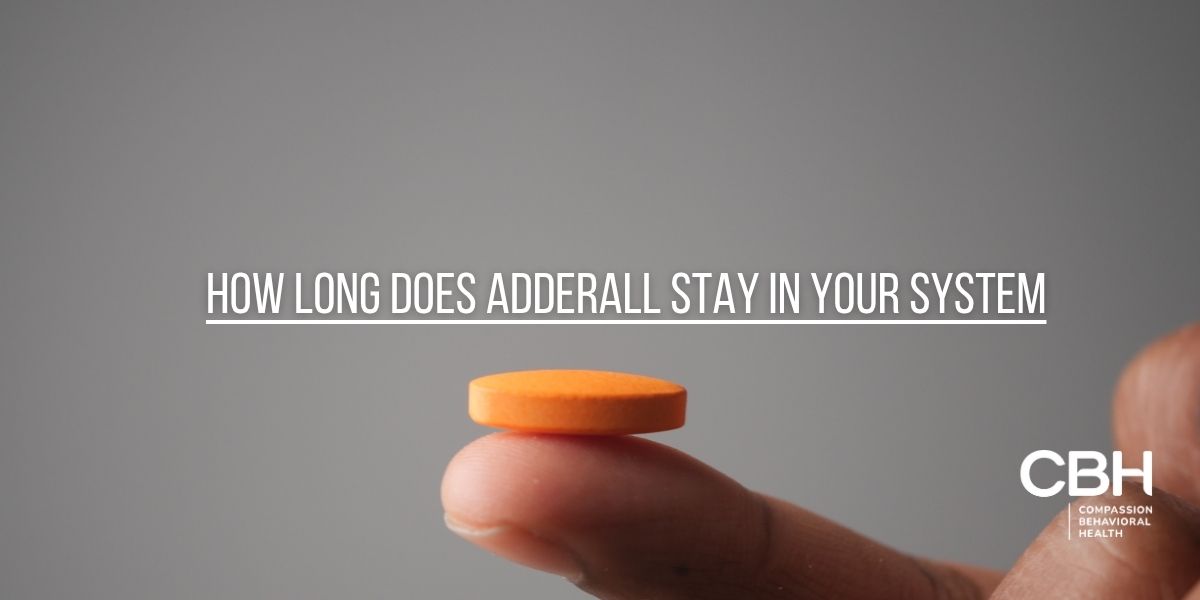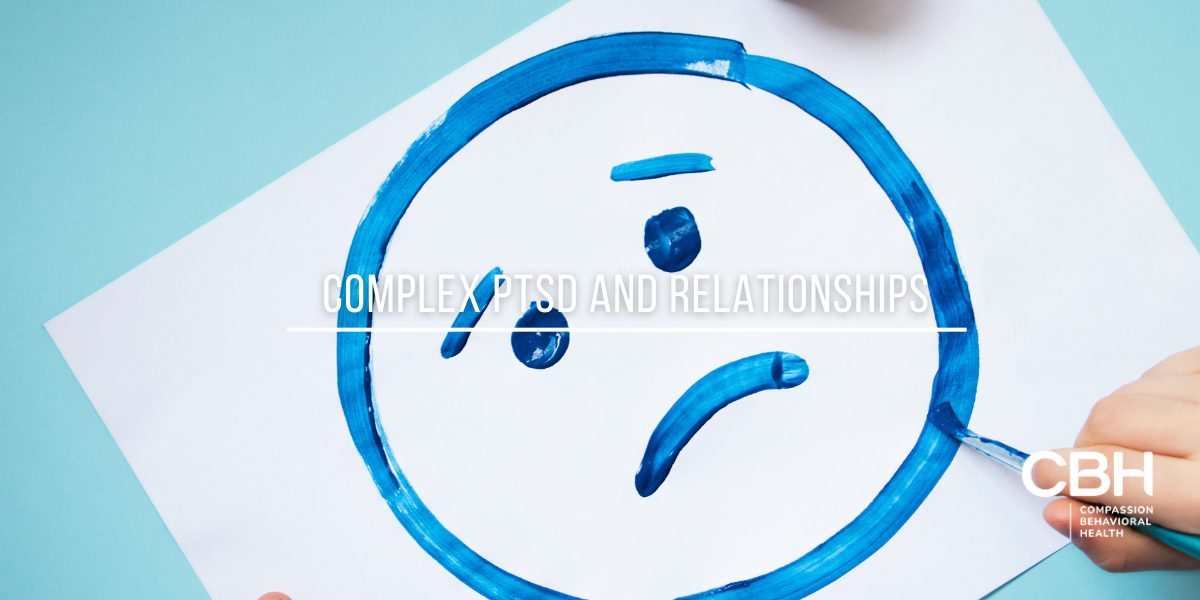Post-traumatic stress disorder (PTSD) is a mental health condition that occurs after someone has experienced a traumatic event such as a near-death experience, car accident, or a period of abuse. For many, its symptoms can feel debilitating and create roadblocks to setting and achieving positive goals for one’s future.
There is hope, however. PTSD recovery is possible, and it often follows a similar pattern for those who seek treatment. In this post, we’ll be outlining the recovery stages of PTSD to help you picture what your own journey could look like with the help of a professional therapist.
Why Does PTSD Happen?
PTSD can happen to anyone who has survived or witnessed a traumatic event. You do not need to be directly involved in the incident that impacts your mental health in the future. According to the National Comorbidity Survey Replication (NCS-R), the past year’s prevalence of PTSD among U.S. adults was 3.6%. The lifetime prevalence was 6.8%
Why does PTSD occur, though? How does it become so embedded in one’s mind that it feels almost inescapable without treatment?
Research states that traumatic memory dominates the mind of the person who experiences PTSD. This can influence thought and behavior patterns as well as contribute to other mental health conditions and substance abuse issues later in life, such as anxiety, depression, suicidality, and addiction to alcohol or drugs.
Treating PTSD often involves empowering and assisting the individual to healthily process these memories so that they no longer remain dominant in their thinking. This helps create a clearer mental path for developing healthy coping skills, creating new behavior and thought patterns, and setting positive goals for the future.
Veterans and PTSD
Veterans, in particular, are a group that has been significantly affected by PTSD. After facing the intense rigors and horrors of war, many soldiers return home only to battle invisible wounds. The traumatic experiences they have faced in combat zones often manifest in nightmares, flashbacks, and a heightened state of alertness that doesn’t fit their new civilian environment. For these veterans with PTSD, the sounds of fireworks or a car backfiring can trigger distressing memories. This specific subset of PTSD, often termed “combat PTSD,” requires specialized understanding and care, as the triggers and experiences can differ from trauma faced by civilians. For veterans, community support, recognition of their experiences, and access to veteran-specific therapy programs are vital for their recovery journey.
The stages of PTSD recovery

Stage 1: The Emergency Stage
Also sometimes referred to as the impact stage, this is the stage directly following the trauma. During this time, it’s normal to experience a range of intense and confusing emotions. You may feel like you’re in shock or numb and have trouble processing what happened in the moment.
Depending on the severity and complexity of the trauma and how it impacted you, symptoms may vary. For example, someone who was the victim of a robbery at gunpoint may develop longer-lasting, more intense fears than someone who witnessed a car wreck but was unharmed.
It is important to seek professional help as early as possible during this stage. Earlier intervention can help curb the progression of PTSD symptoms and help you move toward recovery sooner.
Stage 2: The Rescue Stage
The second stage of PTSD treatment is called the “Rescue Stage” and marks the time in one’s recovery journey where you begin to address the details of the event that resulted in trauma. During this time, you may still feel symptoms like anxiety, anger, or hopelessness but as you progress, you can continue facing the cause of the trauma with greater ease.
Stage 3: The Intermediate Recovery Stage
The intermediate stage is when you start to see more significant improvements in your symptoms and overall functioning in daily activities. You may find that you’re able to return to work or school and resume some of your usual life with fewer feelings of distress.
You may also start to develop healthy coping mechanisms and begin to form new relationships with others. This is often a slower process, but with time and effort, it is possible to develop a support system of people who understand what you’re going through. It will also involve addressing and finding strategies to cope with new challenges that arise as you continue adjusting.
Stage 4: The Reconstruction Stage
The final stage of PTSD recovery is when you have made significant progress in your treatment and turn to focus on matters concerning your future. There may still be some lingering symptoms of trauma, but they are addressed with a therapist alongside setting new goals.
How to Heal from PTSD – Treating PTSD

Yes, recovery from Post-Traumatic Stress Disorder (PTSD) is indeed possible. The process of recovery can look different for each individual and depends on various factors including the severity of the trauma, the individual’s personal resilience, the quality of their support systems, and the treatments received. For some, treatment may look like weekly therapy sessions, and for others, it may require more intensive care such as inpatient treatment at a residential facility, medication, or more advanced psychotherapy techniques.
Seeking Help for PTSD
PTSD is often most effectively treated with assistance from a professional therapist and the help of a support system, such as family or a group of friends. Your therapist may also recommend attending a support group where you can share your experiences and hear from others who may have lived through similar circumstances to your own. This can help illustrate that you are not isolated in your thoughts and feelings and that there are others who have recovered from traumatic experiences in their lives. Diet and exercise can play a crucial role in maintaining mental health. For PTSD patients, holistic healing such as a proper diet and moderate exercise can aid in managing their symptoms.
The Role of Therapy in PTSD Recovery
Cognitive Behavioral Therapy (CBT)
Cognitive Behavioral Therapy (CBT) is one of the most effective treatments for PTSD. It focuses on helping individuals understand and change the negative thought patterns that contribute to their distress.
CBT often involves:
- Identifying unhelpful thoughts
- Challenging irrational beliefs
- Developing coping strategies and skills to manage symptoms
This structured approach allows individuals to gradually confront their traumatic memories, reducing their power and influence over daily life. Furthermore, CBT encourages the development of a personalized toolkit of coping mechanisms, which can include mindfulness techniques, journaling, and relaxation exercises. These tools not only assist during therapy sessions but also empower individuals to manage their symptoms in real-world situations, fostering a sense of autonomy and resilience.
Eye Movement Desensitization and Reprocessing (EMDR)
Eye Movement Desensitization and Reprocessing (EMDR) is a specialized therapy designed specifically for trauma. It incorporates bilateral stimulation, such as guided eye movements, to help individuals reprocess traumatic memories.
This method allows the brain to process information in a more adaptive way, leading to a reduction in emotional distress associated with the memories. Many individuals report significant improvement after a few sessions of EMDR therapy. The unique aspect of EMDR is its ability to help clients access and integrate fragmented memories, allowing for a more coherent narrative of their experiences. This process can lead to a profound sense of relief as individuals begin to understand their trauma within the context of their life story, rather than as a defining moment of their existence.
Prolonged Exposure Therapy
Prolonged Exposure Therapy focuses on helping individuals gradually face situations they have been avoiding due to trauma-related anxiety. Through systematic exposure, individuals learn to process their memories and reduce avoidance behaviors.
Key components of this therapy include:
- Imaginal exposure: recounting the traumatic event in detail
- In-vivo exposure: confronting real-life situations that provoke fear
- Developing coping strategies to manage anxiety during exposure
Effective therapy increases a sense of control and empowerment, leading to a more profound recovery experience. Additionally, the therapeutic relationship plays a crucial role in this process, as a supportive and empathetic therapist can help individuals navigate their fears and anxieties. This safe environment fosters trust, allowing clients to explore their feelings without judgment, which is essential for healing. As clients progress through their exposure tasks, they often find that their anxiety diminishes over time, leading to increased confidence in their ability to manage stressors related to their trauma.
Understanding PTSD and its recovery stages provides a critical framework for individuals and their support systems. Awareness of stages promotes better treatment and coping strategies, while therapy plays an integral role in facilitating meaningful recovery. Continuous support, acceptance, and integration of experiences ultimately contribute to the successful healing journey of those affected by PTSD.
PTSD Treatment at Compassion Behavioral Health in Florida
If you or a loved one are navigating the complex journey of PTSD recovery, remember that you’re not alone. At Compassion Behavioral Health, we understand the courage it takes to reach out for help. Our dedicated team is committed to being your beacon of hope, offering personalized mental health and substance use treatment tailored to foster sustainable recovery. Situated in the serene setting of South Florida, our Hollywood rehab center provides a nurturing environment to heal both body and mind. Call Us Today and take the first step towards reclaiming your life with the support and care you deserve.



